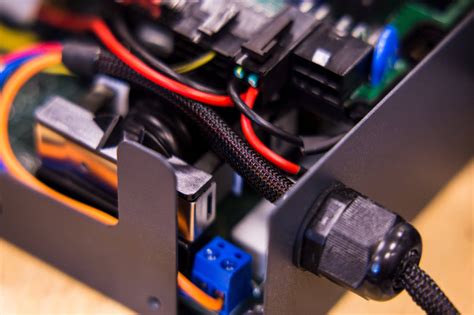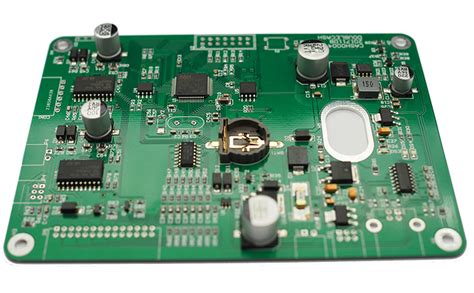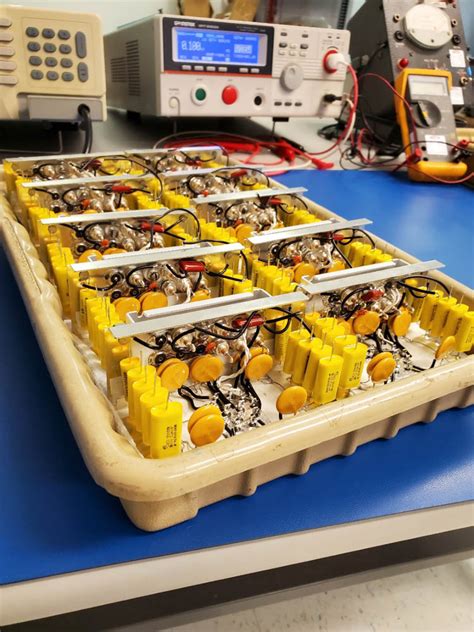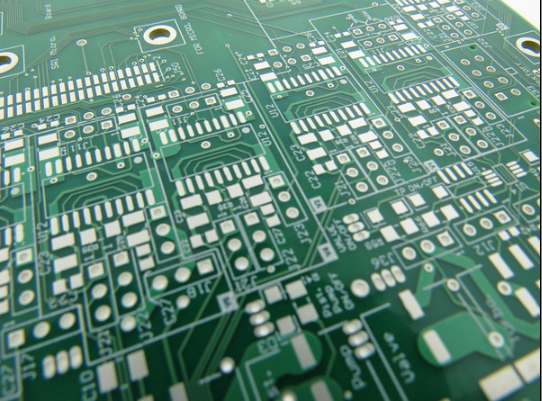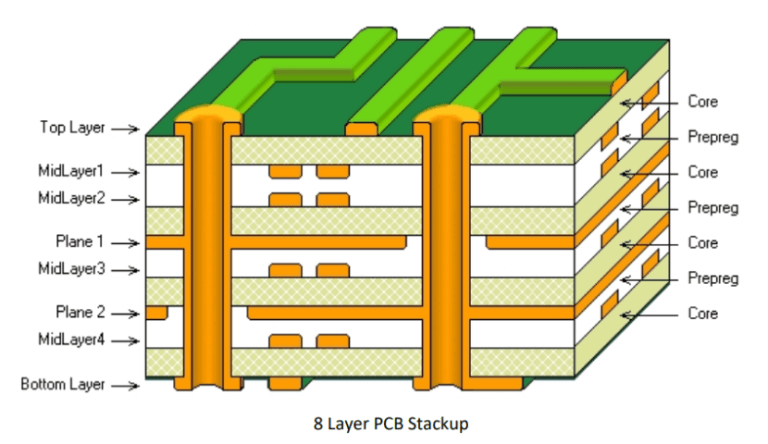Precision-Driven Flexible PCB Fabrication for Modern Electronics
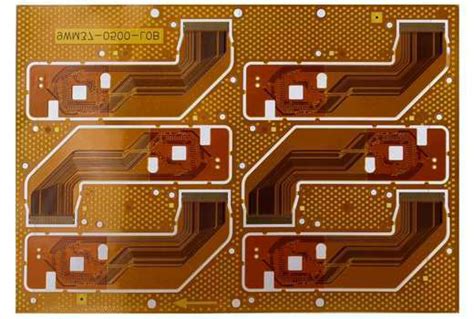
Key Takeaways
Understanding flexible PCB fabrication begins with recognizing how material selection and stack-up design impact performance. When working with PCB manufacturing companies, you’ll find that PCB manufacturing cost hinges on factors like layer count, substrate type, and tolerances. For example, polyimide films offer superior heat resistance but may increase expenses compared to polyester alternatives.
Tip: Always request a design-for-manufacturing (DFM) review to identify cost-saving opportunities without compromising reliability.
If optimizing PCB manufacturing business workflows is a priority, prioritize suppliers with US-based rapid prototyping capabilities. This ensures faster iteration cycles and tighter quality control. Additionally, balancing space and weight optimization with precision manufacturing requires collaboration between your design team and fabrication partners—especially for applications like wearables or aerospace systems where rigid-flex integration is critical.
Finally, when evaluating high-volume production, consider scalability early. Advanced flex circuits often demand specialized equipment, so aligning with a manufacturer experienced in both prototyping and mass production reduces delays. Secure instant quotes to compare timelines and costs, but verify certifications like ISO 9001 to ensure consistency across batches.
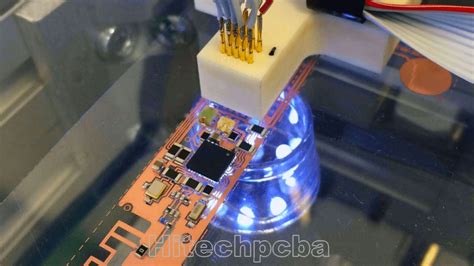
Flexible PCB Fabrication Techniques Explained
When designing modern electronics, understanding flexible PCB fabrication techniques ensures you achieve both performance and durability. Unlike rigid boards, flex circuits require specialized processes to maintain their shape-shifting capabilities. The process begins with selecting polyimide or PET films as base materials, chosen for their heat resistance and mechanical flexibility. PCB manufacturing companies then use photolithography to etch precise circuit patterns, followed by laser drilling for micro-vias that enable high-density interconnects.
A critical step is adhesive selection, which impacts bond strength and thermal stability. Advanced PCB manufacturing techniques like roll-to-roll processing allow for scalable production, reducing PCB manufacturing cost for high-volume orders. However, balancing cost and quality demands expertise—substrate thickness, copper plating, and coverlay application must align with your design’s electrical and mechanical requirements.
| Factor | Flex PCB Consideration | Impact on Design |
|---|---|---|
| Material Choice | Polyimide vs. PET | Heat resistance, flexibility |
| Layer Count | Single vs. multilayer | Signal integrity, weight |
| Adhesive Type | Acrylic vs. epoxy | Durability, thermal cycles |
For startups in the PCB manufacturing business, partnering with experienced suppliers ensures prototypes meet performance benchmarks before scaling. By optimizing these fabrication steps, you can minimize waste and avoid costly redesigns—key for staying competitive in fast-paced electronics markets.

US-Based Rapid Prototyping Solutions
When developing flexible PCB fabrication projects, proximity to PCB manufacturing companies significantly accelerates your prototyping phase. Partnering with domestic suppliers ensures faster design iterations, real-time collaboration, and reduced logistics delays—critical for refining high-density interconnects or dynamic bend requirements. You gain direct access to engineers who specialize in optimizing PCB manufacturing cost while maintaining MIL-spec or IPC-6013 compliance, whether you’re testing wearable tech or aerospace sensors.
Modern PCB manufacturing business models prioritize agility, offering 24-72-hour turnaround times for prototypes. This lets you validate impedance control or material stack-ups before committing to volume orders. Advanced facilities combine laser drilling and automated optical inspection (AOI) to minimize errors in ultra-thin polyimide substrates. By leveraging local expertise, you mitigate risks like supply chain bottlenecks and ensure compliance with ITAR or other regulatory frameworks.
Transitioning from prototype to production becomes seamless when your partner understands both PCB manufacturing nuances and your end-use environment. This alignment is vital for applications demanding thermal stability or mechanical endurance, where even minor design flaws can escalate costs. Rapid prototyping isn’t just about speed—it’s about building a foundation for scalable, reliable flex circuits.
Optimizing Space and Weight in Electronics Design
When designing compact devices, balancing PCB manufacturing cost with performance becomes critical. Flexible circuits enable you to bypass traditional rigid board limitations, slashing weight by up to 70% while conforming to irregular shapes. By partnering with specialized PCB manufacturing companies, you gain access to materials like polyimide or PET films, which offer exceptional thermal stability and dynamic bending endurance—key for wearables or aerospace systems.
Advanced PCB manufacturing techniques, such as laser ablation and roll-to-roll processing, minimize material waste, directly reducing PCB manufacturing business overhead. For instance, ultrathin copper layers (≤12µm) paired with adhesiveless substrates cut bulk without sacrificing conductivity. This approach not only optimizes spatial efficiency but also aligns with sustainability goals—a growing priority for OEMs.
To further streamline designs, consider hybrid rigid-flex configurations. These integrate rigid sections for component mounting with flexible interconnects, eliminating connectors that add weight and failure points. When evaluating PCB manufacturing cost, factor in long-term reliability: a well-engineered flex circuit can outlast multiple rigid-board iterations, reducing total lifecycle expenses.
By prioritizing collaboration with experienced fabricators, you ensure design-for-manufacturability (DFM) principles are embedded early, avoiding costly rework. The result? Sleeker, lighter products that meet evolving market demands without compromising durability—a strategic advantage in today’s electronics landscape.

Advanced Flex Circuits for Modern Applications
When designing cutting-edge electronics, you need circuits that adapt to complex geometries without compromising performance. PCB manufacturing companies now leverage advanced materials like polyimide and liquid crystal polymer (LCP) to create flexible PCB fabrication solutions that withstand extreme temperatures, vibrations, and repeated bending. These circuits are integral to wearables, foldable displays, and medical implants—applications where traditional rigid boards fail.
By collaborating with experienced PCB manufacturing partners, you gain access to high-density interconnect (HDI) technologies and ultra-thin copper layers that optimize signal integrity in space-constrained designs. For instance, flexible PCB fabrication enables seamless integration into curved surfaces or moving components, reducing assembly complexity while enhancing reliability. However, PCB manufacturing cost considerations remain critical—factors like layer count, material selection, and testing protocols directly impact budgets.
To balance innovation with affordability, prioritize PCB manufacturing business providers offering scalable prototyping and volume production. Advanced flex circuits often require specialized processes like laser drilling or sequential lamination, which demand precision tooling. By aligning your design goals with a manufacturer’s technical capabilities, you ensure that flexible PCB fabrication aligns with both performance benchmarks and cost-efficiency targets—key for next-generation electronics.
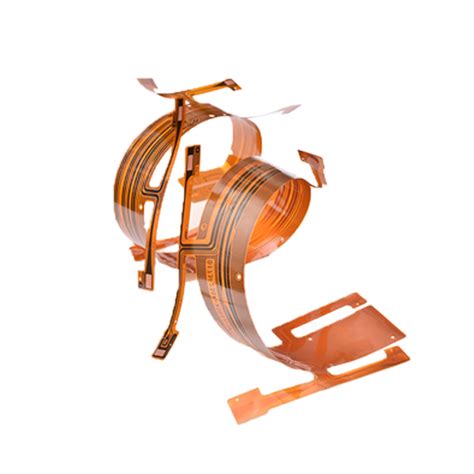
Precision Manufacturing for Next-Gen Electronics
Achieving precision-driven processes in PCB manufacturing requires balancing cutting-edge technology with meticulous quality control. For next-generation electronics, even micron-level deviations in flexible circuit boards can compromise performance in wearables, medical devices, or aerospace systems. Leading PCB manufacturing companies leverage laser direct imaging (LDI) and automated optical inspection (AOI) to ensure dimensional accuracy, while advanced materials like polyimide substrates enable thermal stability in compact designs.
When optimizing PCB manufacturing cost, you’ll find that high-precision fabrication reduces rework and material waste—critical factors for both prototyping and scaled production. However, investing in specialized equipment and skilled technicians impacts upfront expenses, making it essential to partner with suppliers that align with your technical and budgetary needs.
In the PCB manufacturing business, staying ahead means adopting innovations like additive printing for ultra-thin traces or embedded passives. These techniques not only enhance signal integrity but also allow seamless integration with rigid-flex assemblies. As you evaluate partners, prioritize those offering traceability systems and ISO-certified workflows—key markers of reliability in precision-critical applications.
High-Volume Flexible PCB Production Guide
When scaling up PCB manufacturing for high-volume orders, balancing speed, consistency, and PCB manufacturing cost becomes critical. You’ll need standardized design specifications to minimize variability, ensuring every flex circuit meets performance benchmarks. Partnering with experienced PCB manufacturing companies that specialize in automated assembly lines can streamline workflows, reducing lead times while maintaining precision.
Key considerations include material selection—such as polyimide films for durability—and process controls like laser drilling for micro-vias. To manage PCB manufacturing business expenses, bulk purchasing of raw materials and optimizing panel utilization are essential. Advanced AOI (Automated Optical Inspection) systems help detect defects early, preventing costly rework.
Additionally, supply chain coordination is vital. Reliable PCB manufacturing partners should offer transparent communication on inventory and logistics, especially for US-based production hubs requiring rapid turnaround. By aligning your design with DFM (Design for Manufacturing) principles, you avoid bottlenecks in high-volume runs. This approach not only scales efficiently but also ensures your flex PCBs meet the rigorous demands of consumer electronics, medical devices, or automotive systems.
Ultimately, success in high-volume flexible PCB fabrication hinges on collaboration between your engineering team and manufacturers to refine both technical and operational workflows.
Secure Instant Quotes for Flex PCB Production
Navigating PCB manufacturing costs requires clarity from the start. Modern PCB manufacturing companies leverage digital platforms to provide real-time pricing algorithms, enabling you to secure instant quotes for flexible circuit boards within minutes. By submitting your design specifications—including layer count, material preferences, and bend requirements—automated systems analyze production feasibility and generate cost breakdowns tailored to your PCB manufacturing business needs.
Transparency in pricing hinges on understanding variables like copper thickness, substrate materials, and volume thresholds. Reputable manufacturers often offer dynamic quote tools that adjust estimates as you refine parameters, ensuring alignment with both prototyping budgets and high-volume targets. This approach eliminates guesswork, letting you compare PCB manufacturing options while balancing speed, quality, and scalability.
For time-sensitive projects, instant quoting systems streamline workflows by integrating with design software, flagging potential conflicts early. Whether you’re optimizing for PCB manufacturing cost or prioritizing rapid turnaround, these tools empower informed decisions without compromising on the precision required for next-generation flex circuits.
Rigid-Flex PCB Integration Best Practices
When integrating rigid-flex PCBs into your designs, balancing performance and reliability starts with understanding the unique demands of hybrid circuits. Thermal management and mechanical stress distribution are critical, as mismatched expansion rates between rigid and flexible sections can lead to premature failure. To minimize pcb manufacturing cost, collaborate early with experienced pcb manufacturing companies to optimize layer stack-ups and material selection—factors that directly influence durability and signal integrity.
Start by defining bend radii and fold cycles during the design phase. Overlooking these details risks delamination or trace fractures, especially in high-vibration environments. Use simulation tools to validate flex-to-rigid transition zones, ensuring stress is evenly dispersed. For pcb manufacturing business scalability, prioritize designs that align with standard panel sizes to reduce material waste.
Work closely with your manufacturer to implement dynamic flex testing and automated optical inspection (AOI). These steps catch defects like micro-cracks or misaligned vias before assembly, preventing costly rework. Additionally, consider hybrid adhesives and coverlay materials that enhance flexibility without compromising rigidity in critical areas.
Finally, align your design rules with pcb manufacturing capabilities. For instance, tighter tolerances might require advanced laser drilling, which impacts both lead times and budgets. By embedding manufacturability checks (DFM) early, you streamline prototyping and scale production efficiently—key for balancing performance and pcb manufacturing cost in high-volume applications.
Conclusion
As you evaluate options for PCB manufacturing, it’s critical to align your project with PCB manufacturing companies that prioritize both innovation and scalability. Modern electronics demand designs that balance performance with constraints like space, weight, and PCB manufacturing cost—factors that directly influence your product’s viability. By partnering with a precision-focused fabricator, you ensure that flexible PCB fabrication adheres to stringent quality standards while remaining adaptable to evolving industry needs.
The shift toward high-density, lightweight electronics underscores the importance of optimizing production workflows. Whether prototyping or scaling for volume, a transparent PCB manufacturing business model helps mitigate risks and accelerates time-to-market. Advanced techniques like laser drilling and automated optical inspection further enhance reliability, ensuring your flex circuits meet the demands of aerospace, wearables, or IoT applications.
Finally, cost-efficiency doesn’t mean compromising on quality. By leveraging domestic expertise and rapid-turn solutions, you gain tighter control over budgets and timelines. When securing quotes, prioritize suppliers who offer end-to-end support—from design validation to final assembly—to maximize the ROI of your flexible PCB investments.
Frequently Asked Questions
How do PCB manufacturing companies ensure quality in flexible circuit production?
Reputable providers implement automated optical inspection (AOI) and rigid material testing to maintain consistency. They adhere to IPC-6013 standards, ensuring bend cycles and layer alignment meet specifications for high-reliability applications.
What factors influence PCB manufacturing cost for flexible designs?
Costs depend on material selection (polyimide vs. polyester), layer count, and specialized processes like laser drilling. Volume discounts often apply, but complex impedance-controlled layouts may increase pricing by 15-30% compared to standard rigid boards.
Why should you consider partnering with a PCB manufacturing business with flex circuit expertise?
Specialized firms optimize stack-up configurations and dynamic flex zones, reducing failure risks in wearables or aerospace systems. Their design-for-manufacturability (DFM) feedback prevents costly revisions during high-volume production.
Can flexible PCB manufacturing support both prototyping and large-scale orders?
Yes, leading providers offer rapid prototyping (5-7 days) with seamless transition to volume runs. Dual-track capabilities ensure design integrity across batches while maintaining traceability for medical or automotive compliance.
Explore Custom Flexible PCB Solutions
Please click here to request instant quotes or discuss project-specific requirements with our engineering team.


